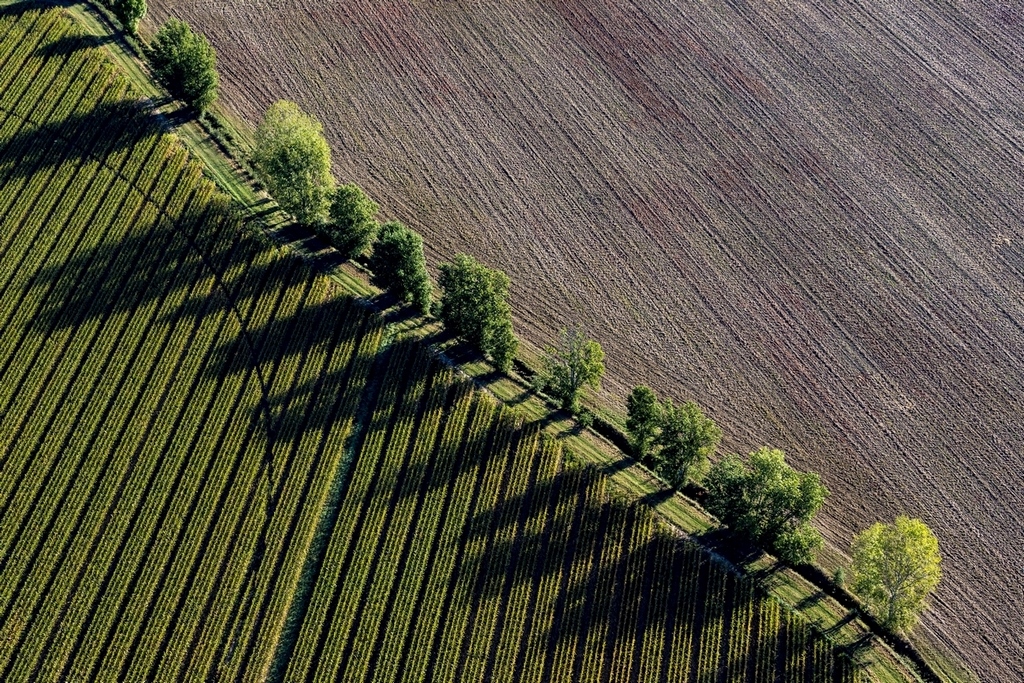Le Maïs
Zea mays
L’histoire du maïs commence il y a 9 000 ans dans les vallées montagneuses du Mexique. Les populations néolithiques se nourrissaient alors d’une plante sauvage appelée téosinte. Une fois domestiquée, cette plante prendra la forme du maïs.
Vers 3000 avant JC. J.-C., le maïs s’est déjà répandu dans les basses régions du Yucatan, des Caraïbes et de la zone équatoriale d’Amérique du Sud. Cette plante tropicale est ensuite restée très longtemps confinée dans cette zone car elle ne poussait pas ailleurs. Les hommes ont mis beaucoup de temps, près de 7 000 ans, pour sélectionner un maïs qui fonctionne en milieu tempéré.
Les conquistadors européens sont à l’origine d’une expansion très rapide du maïs sur tous les continents et aujourd’hui, la Chine est le deuxième producteur mondial de maïs. Lorsque les Européens arrivèrent sur le continent américain à la fin du XVe siècle, le maïs était présent partout en Amérique puisqu’il s’était répandu dans les zones tempérées. Ils récupèrent ensuite des variétés implantées partout en Amérique. Evidemment, ce sont les profils tempérés qui se sont le mieux adaptés à l’Europe et les variétés tropicales qui ont trouvé leur place en Afrique.
Plus récemment, le maïs a bénéficié des découvertes de Mendel et Darwin au XIXème siècle. Ils ont permis de modifier la structure génétique des variétés grâce à l’hybridation. L’hybride de première génération qui en résulte apporte des gains extraordinaires : les rendements ont été multipliés par dix, passant de 10 à 50 q/ha à des niveaux compris entre 80 et 130 q/ha. D’autre part, cette hybridation permet aux agriculteurs de cultiver des variétés fiables, stables et homogènes, faciles à récolter et dans lesquelles il est possible d’établir des caractères d’intérêt comme la résistance à la verse ou aux maladies.
Depuis les années 1930, les hybrides ont conquis l’ensemble du marché du maïs, y compris le segment biologique. Si le maïs est resté une culture vivrière de base en Amérique centrale et en Afrique subsaharienne, il est désormais largement consommé par les animaux. Le maïs est particulièrement intéressant pour l’alimentation des volailles : la capacité à produire des protéines animales maigres, acceptée par toutes les populations du monde, est optimale avec le maïs.
